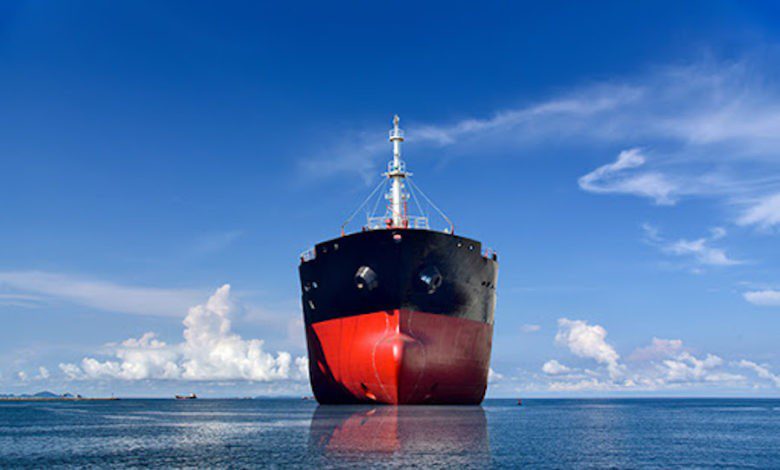The present times have been volatile at best, with the recent economic unpredictability. What does it mean for the shipping industry? How significant are the market fluctuations? What are the threats and opportunities that arise, and the desirable attitude to deal with such situations? Mr. Deepak Kumar Sharma, Managing Director, BainBridge Navigation Pte Ltd, provides answers to these questions from a ship operator’s perspective in his talk on ‘High and Low Market- From Ship Operators Perspective’ at the Asia Dry Bulk Cargo Summit 2022 (Online).
The last few months have witnessed drastic market fluctuations and significant changes have been observed every two weeks. Previously, it would be possible to arrive at a tentative pattern, witnessed over a few months and this would be used in planning and strategy but there has now been a shift. For instance, if a decision is made today, by the time the point of execution arrives the parameters change. With the skyrocketing rates the entire process comes across as a gamble rather than a system that would involve somebody’s understanding of the logic behind it.
“I have been asked quite often, ‘which market is good for operators like us?’ Or if it should matter at all. After all, we are part of a service industry and optimizing finances is the key. When the market is low, one seeks to book the cargo at a low freighttake the vessel on a lesser hire. On the contrary, when the market is on a northward curve, one books the cargo at a high freight rate and pays more hire to the vessel.
But it Is not that simple, more than the back-to-back business, there are other factors which affect our decision making and you might have long term positions on either the cargo or the vessel, so there is significant exposure. It might be difficult to determine which market is best suited, but I would like to share with you the thought patterns of an operator and what we consider major opportunities and challenges”
The shipping industry is well known for its high volatility and the brief time span of its business cycle. Past decades have witnessed great fluctuation of the market price, but lately the dynamics are changing more often than not. It is not merely the demand and supply which dictates the market, outside factors like geopolitical tension, trade wars, physical wars, oil sanctions, and domestic political obligations are factors influencing the market. And lately it has been observed that FFA papers are driving the market while it should be the other way around. There are a lot of hedge funds and other financial institution that are investing papers, it is certainly not about demand and supply of the cargo or the vessel with so many outside factors involved. How do you read and predict the market? The volatility has been very rapid, are we seeing swings every other day?
A look at the low market
The good thing about the low market is that it is very easy to charter the vessel from the head owner who just want to find an employment of the vessel and all that is needed is to get a cheap freight for your clients. But the biggest concern during the low market is the counter party default. We have seen that quite often the freight prices are relative to the price of the commodity and at times the freight value is more than the commodity value. In case of default by charterers, one does not have an adequate buffer for cushion.
Similarly, when the hire is below the breakeven at the owner’s end, they can be seen defaulting on the bank mortgages. In which case, the bank arrests the vessel, which is a very bad situation to be in especially if there is cargo on board. Another practical challenge, which all operators face is that fixing the business becomes very difficult because you never know what the bottom low is and there is a constant undercutting of the numbers. Also, when the entry barrier of the trade becomes low, there are many new players emerging and constantly disrupting the market dynamics. These are the challenges which continue to surface when the market is low.
When the market displays an upward trend
The best thing about high market is that the fixing becomes very easy, contrary to during the low market, everyone wants to ride the tide and lock the rates. “However more than the rates, during the high market, it gets very difficult to negotiate terms with head owners and they tend to get quite unreasonable at times. They attempt to negotiate on all the clauses and we as operators, carry a lot of unrelated exposure for a small business. And high market is also very capital intensive, whereby even for a small business at times the investment can go up to more than one million dollars and thus, there is a huge monetary stake. With the present condition there is a significant amount of cash which is stuck in the business due to demurrages and other factors.”
What kind of market is good for operators? In conclusion, “The answer to this question has many aspects each with its own pros and cons but my motive was to share with you a slice from our experience as operators. At Bainbridge and like with most of our operator friends, the prime importance is sustainability. That is, to have the capacity to weather the storm and continue to remain in business despite all the fluctuations. While we cannot influence the market, we can surely prepare to handle it, making decisions on the basis of what is best at hand.”






